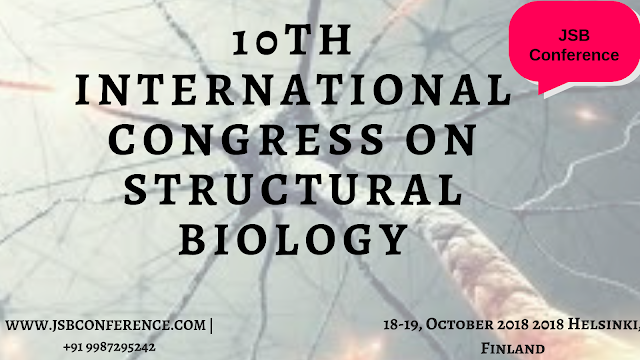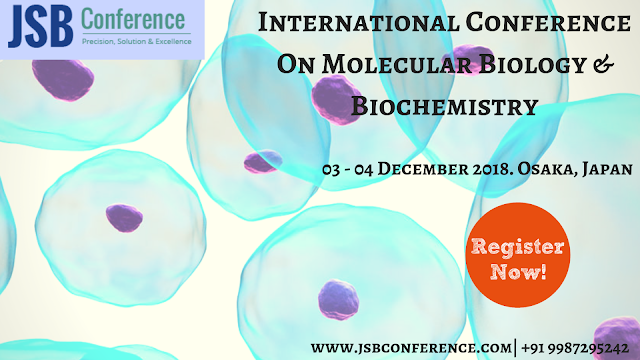10th International Congress on Structural Biology
Structural Biology- A comprehensive design
Biological modifications are remarkable when it comes to certain human biological functions. On a large scale, every year we are introduced to several new modules that help in getting us close to varied genres in structural biology. Structural Biology Conferences are held at many places which serve as a pillar in the developmental aspects of molecules and
macro molecules.
DEFINITION
Structural biology broadly defines a branch of molecular biology, combining biochemistry and biophysics which modulate the overall functions of molecules, specifically macro molecules. These macromolecules are further classified as proteins, RNA and DNA, which are farther analyzed as nucleic acids. Functions in the cells are monitored in this field, which makes it a great deal of interest in biologists all over the globe. The specific functional approach involves the coiling of cells into three-dimensional shapes to perform several functions in the body.
Thus, the three-dimensional approach is termed as a “tertiary structure” of the enhanced biological macromolecules, with a base of them acting as “primary structure”
PROCESS
Proteins are specifically targeted at the center for any structural analysis in modulation. They are termed as the main performers of the molecules of the cell. Ordinarily, they perform the basic functions of growth and development of the cell, which helps in making muscles and tissues. They are built from a functioning DNA template which allows the string of certain amino acids getting synthesized and fold into complex loops, often termed as sheets and coils. This process of attaining a molecular structure is often long and tiring for biologists.
The structure formed correlates how the specific protein gets interacted with other compositions surrounding it, thus performing the duties described above. The magnificent structures formed can be unusual in the symmetrical and logical bypass. Consequently, they are supreme in understanding the key functions of cell structure.
An important process of structural cell biology is to have a profound landscape of the cell function. The consequent pictorial description taken from the methods depicts a perfect, sophisticated metropolis, which accounts for short or long-lived cell reproduction, defining the aging and death process of humans.
COMPLEXITY
Since the molecules are macroscopic in nature, they are only seen in the advanced form of microscopes. Additionally, the vast number of nano-molecules are viewed as a whole by biologists, which requires a modified version of these microscopes. Methods are configured to perform such tasks which are listed below.
● Proteolysis
● Small angle Scatter
● Mass Spectrometry
● Macromolecular Crystallography
● EPR
● Cryo-Electron Microscopy
Often certain proteins are quite tough in terms of crystallization, demanding further complex process. The processes listed above are predominantly used to have these proteins viewed at a large scale. Ordinarily, to get a more detailed view of the most accurate 3d Structure of these proteins, these methods are induced by biologists. Culminating all these strategies brings a protein structure that provides more information than the overall space that it fits. Correlation of different information into one structural definition is the main idea of understanding of these proteins. Thus, the definition is named as Correlative structural biology. This helps the structural biologists to bright additional information on various drugs and vaccine, which can be used to deal with specific changes at a microscopic atomic level. The overall process serves as a key foundation for all the modern strategies which aims at improving the health of the future generation.
10th International Congress on Structural Biology




Comments
Post a Comment